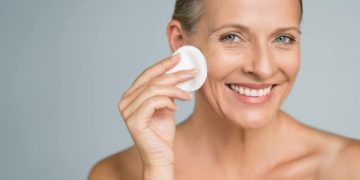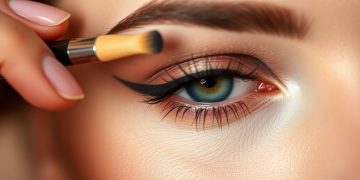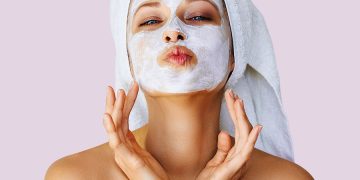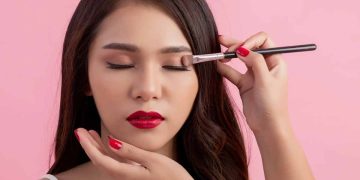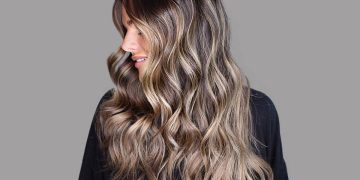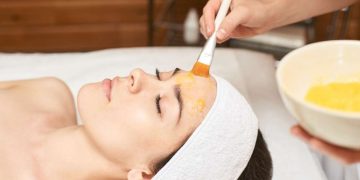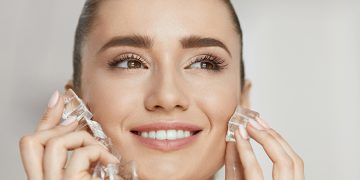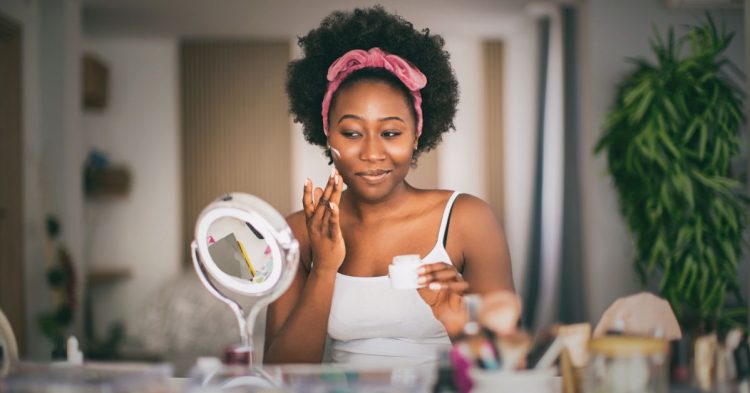A nighttime skincare routine is one of the most important rituals for maintaining healthy, radiant skin. During the night, your skin is in repair mode, working to regenerate and restore itself from the damage it incurs during the day. Having a solid skincare routine before bed not only maximizes the efficacy of your products but also ensures that your skin wakes up feeling refreshed and rejuvenated.
In this article, we will guide you through the best steps and products for creating the perfect nighttime skincare routine. Whether you have dry, oily, or sensitive skin, these guidelines can help you customize a routine that works for you.
1. The Importance of a Nighttime Skincare Routine
While your skin is exposed to environmental stressors during the day, it goes into repair mode overnight. The nighttime hours are when your skin has the chance to regenerate, repair damaged cells, and boost collagen production. By following a consistent nighttime skincare routine, you can promote cell turnover, hydrate the skin, and target specific concerns like fine lines, dark spots, and acne.
Additionally, your skin is more permeable at night, which means it absorbs active ingredients more effectively. This is why nighttime is the perfect time to apply powerful ingredients like retinol, peptides, and hydrating agents, which may be too harsh for daytime use.
2. Step-by-Step Guide to the Perfect Nighttime Skincare Routine
Step 1: Remove Makeup and Cleanse Your Skin
The first step in your nighttime skincare routine is to remove any makeup, dirt, and oil that may have accumulated throughout the day. Use a gentle makeup remover or micellar water to break down makeup, followed by a deep-cleansing face wash to cleanse your skin.
- Double Cleansing: If you’re wearing heavy makeup or sunscreen, it’s a good idea to follow a double cleansing method. Start with an oil-based cleanser to remove makeup, and then follow up with a water-based cleanser to thoroughly cleanse the skin.
Recommended Products:
- Micellar water
- Oil-based cleansers
- Gel or cream-based facial cleansers
Step 2: Apply a Toner
Toners are designed to restore the skin’s pH balance after cleansing. They also help to tighten pores, refresh the skin, and prepare it for the absorption of serums and moisturizers. Depending on your skin type, you can choose a hydrating toner, exfoliating toner, or balancing toner.
- Hydrating Toner: If your skin is dry, look for a toner that includes ingredients like hyaluronic acid or glycerin to add moisture.
- Exfoliating Toner: If you’re aiming to reduce dead skin cells and reveal a glowing complexion, opt for a toner that contains AHAs (alpha hydroxy acids) or BHAs (beta hydroxy acids).
- Balancing Toner: For oily or acne-prone skin, a toner with witch hazel or salicylic acid can help regulate sebum production and reduce blemishes.
Recommended Products:
- Hydrating toners with hyaluronic acid
- AHA or BHA toners for exfoliation
- Witch hazel-based toners for acne-prone skin
Step 3: Apply a Serum
Serums are concentrated treatments designed to target specific skin concerns such as pigmentation, fine lines, or dehydration. At night, serums can penetrate deeply into the skin, delivering active ingredients like retinol, peptides, Vitamin C, or hyaluronic acid.
- Anti-Aging Serums: If you’re concerned with fine lines or wrinkles, look for serums containing retinol, peptides, or antioxidants like Vitamin C.
- Hydrating Serums: For dry skin, consider serums with hyaluronic acid, glycerin, or ceramides, which will lock in moisture and plump the skin.
- Brightening Serums: If you’re dealing with hyperpigmentation, Vitamin C, niacinamide, or licorice extract can help to fade dark spots and even out your skin tone.
Recommended Products:
- Retinol serums for anti-aging
- Hyaluronic acid serums for hydration
- Vitamin C serums for brightening

Step 4: Use an Eye Cream
The skin around your eyes is thinner and more delicate than the rest of your face, making it more prone to wrinkles, puffiness, and dark circles. An eye cream is specially formulated to target these concerns.
- Puffy Eyes: Look for eye creams with caffeine or peptides, which help to reduce puffiness and firm the skin around the eyes.
- Dark Circles: If dark circles are your concern, seek eye creams that contain ingredients like Vitamin C, niacinamide, or arnica to brighten the under-eye area.
- Anti-Aging: For fine lines, choose an eye cream with retinol or peptides, which work to stimulate collagen production and smooth out wrinkles.
Recommended Products:
- Caffeine-based eye creams for puffiness
- Vitamin C or niacinamide-based creams for dark circles
- Peptide or retinol eye creams for anti-aging
Step 5: Apply a Moisturizer
Moisturizing is a crucial step in any skincare routine. It helps to seal in the active ingredients from the serum and maintain the skin’s moisture balance overnight. Choose a moisturizer that is appropriate for your skin type, whether it’s lightweight for oily skin or richer for dry skin.
- For Oily Skin: Opt for an oil-free, lightweight gel moisturizer to prevent clogging your pores.
- For Dry Skin: Look for a thicker, richer moisturizer with ingredients like ceramides, shea butter, or hyaluronic acid to provide lasting hydration.
- For Sensitive Skin: Use a gentle, fragrance-free moisturizer that won’t irritate or cause redness.
Recommended Products:
- Lightweight gel moisturizers for oily skin
- Rich creams for dry skin
- Fragrance-free moisturizers for sensitive skin
Step 6: Apply a Night Mask (Optional)
Night masks are intensive treatments that work while you sleep, providing a boost of hydration or other targeted benefits. You can apply a night mask after your moisturizer, leaving it on overnight for a glowing, refreshed complexion by morning.
- Hydrating Night Masks: If your skin feels dry and dehydrated, choose a hydrating night mask with ingredients like aloe vera, honey, or glycerin.
- Brightening Night Masks: For an instant glow, opt for a night mask containing Vitamin C or glycolic acid.
Recommended Products:
- Hydrating overnight masks
- Brightening or exfoliating night masks
Step 7: Don’t Forget Your Lips
Just like the skin on your face, your lips can become dry and cracked overnight. Apply a nourishing lip balm or lip mask to keep them hydrated and smooth.
Recommended Products:
- Hydrating lip balms
- Overnight lip masks
3. Additional Tips for Your Nighttime Routine
- Consistency Is Key: Stick to your nighttime routine for at least a few weeks to see noticeable results. Consistency helps the products work together to address your skin’s needs.
- Avoid Overloading Your Skin: Don’t use too many active ingredients at once. If you’re using a retinol serum, for example, avoid combining it with products containing Vitamin C or strong exfoliants.
- Sleep on Your Back: To prevent pillowcase friction that can cause wrinkles, try sleeping on your back. Using a silk pillowcase can also minimize friction and keep your skin smoother.
4. Conclusion
Building the perfect nighttime skincare routine is all about choosing the right products for your skin type and concerns. From double cleansing to moisturizing and treating specific issues with serums and eye creams, each step plays an important role in achieving healthy, glowing skin. Remember, the key to a successful nighttime routine is consistency, and with the right products and a little dedication, you can wake up to beautiful, rejuvenated skin every day.



